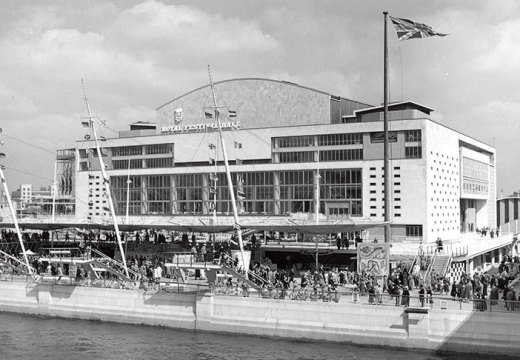Unveiling the hidden truth behind London’s iconic Southbank Centre, one cannot help but notice its unfortunate affliction with architectural self-loathing. This cultural hub, nestled on the banks of the River Thames, seems to have fallen prey to a peculiar form of identity crisis that permeates its very structure.
A Struggle for Identity
The Southbank Centre finds itself torn between embracing its own unique character and conforming to societal expectations. Its eclectic mishmash of architectural styles reflects this inner turmoil – from Brutalist concrete monoliths to whimsical postmodern additions. The result is an ensemble that appears disjointed and uncertain in its purpose.
An Unfortunate Dichotomy
This battle for identity extends beyond mere aesthetics; it seeps into every aspect of the centre’s existence. On one hand, it strives to be a beacon of high culture, housing prestigious institutions such as the Royal Festival Hall and National Poetry Library. Yet simultaneously, it yearns to cater to popular tastes by hosting commercial events and trendy pop-up markets.
A Crisis in Confidence
Underneath this veneer lies a deeper issue – a lack of confidence in its own worthiness as an architectural masterpiece. The constant need for reinvention and adaptation suggests an underlying insecurity about being perceived as outdated or irrelevant. This self-doubt manifests itself through frequent renovations and alterations that only serve to further dilute the centre’s original vision.
In Search of Redemption
Despite these challenges, there is hope for redemption within the walls of the Southbank Centre. By embracing its idiosyncrasies rather than succumbing to external pressures, it can reclaim its true essence as a vibrant cultural hub. A renewed focus on preserving its architectural heritage while fostering innovation and inclusivity could be the key to overcoming this self-loathing.
Conclusion
In conclusion, the Southbank Centre’s struggle with architectural self-loathing is a complex issue that requires careful consideration. By acknowledging its unique character and confidently embracing its past, present, and future, this iconic institution can rise above societal expectations and reclaim its rightful place as a bastion of culture in London.
